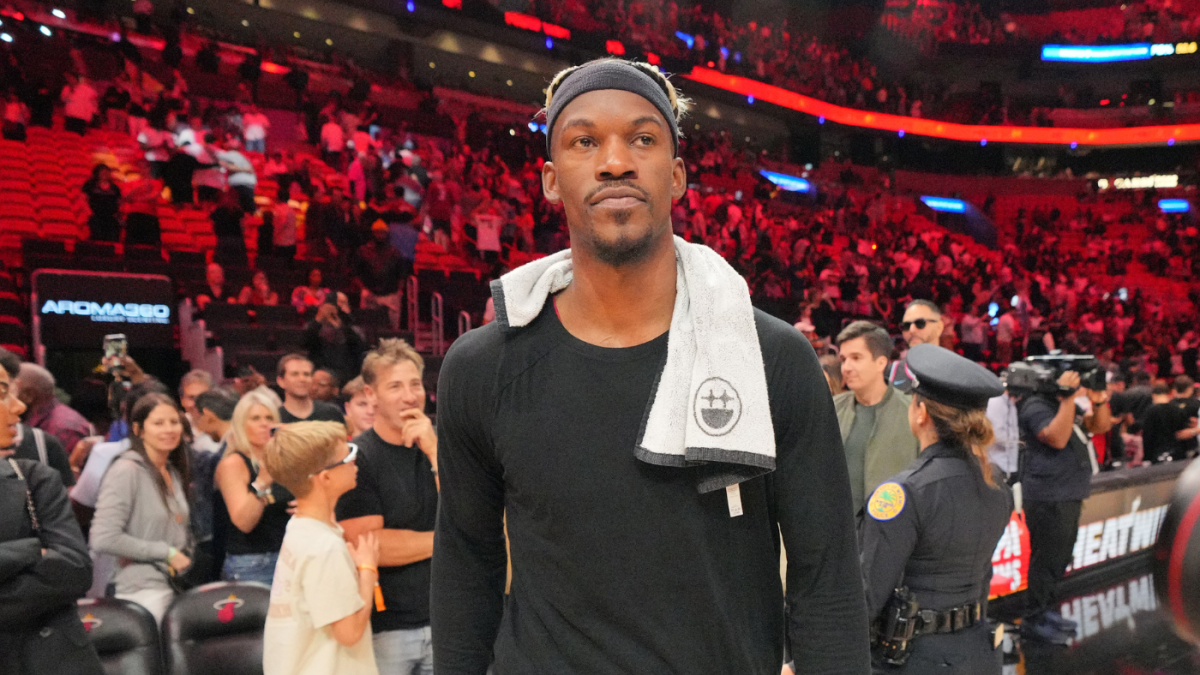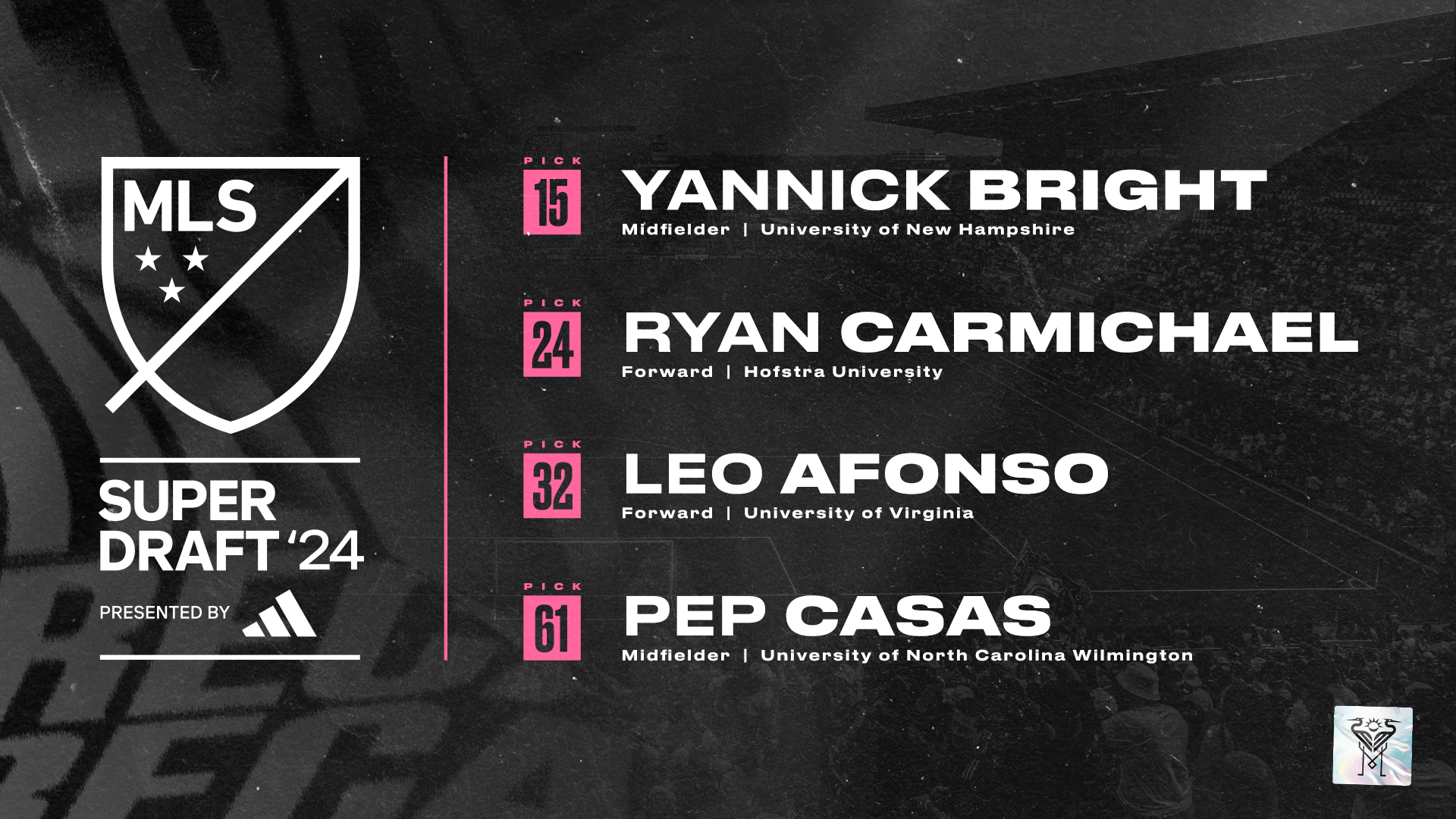Meet the Miami Residents Who Hate Peacocks
The peafowl are under attack.
It’s hard to imagine why anyone would take offense at these bejeweled birds, and yet the Miami-Dade County Commission voted on February 1 — the first day of their mating season (the birds’, not the commission’s) — to allow municipalities to opt out of a 20-year-old county ordinance that outlawed “hunting, molesting, capturing, or killing” peacocks and peahens so long as there was a plan to “humanely” remove them.
But Kathy Labrada, assistant director of the Miami-Dade County Animal Services Department, told the commission no sanctuaries have been willing to accept peacocks; they had searched statewide with no success.
“So,” Labrada explained, “the alternative would be humane euthanasia.”
“Are we actually talking about sentencing the peafowl to death right now?” asked Commissioner Oliver Gilbert.
Labrada clarified that there are humane ways to kill peafowl, offering carbon-dioxide poisoning and cervical dislocation (essentially breaking the creature’s neck) as examples. After all, Florida allows the hunting of other nonnative species, including the Burmese python and iguanas.
Though the mere suggestion of killing peacocks has ruffled a few feathers, the opt-out amendment was a win for residents who have taken the unpopular opinion that peacocks — with their poop, loud squawks, and sharp beaks and talons that damage cars — are a nuisance. This silent war waged among neighbors came to a head in 2017, when a peacock was fatally shot out of a tree in Coconut Grove.
Who are these people? Why do they hate peacocks so much? Are they colorblind?
New Times took to NextDoor to find out.
On Monday, Jimmy Benaudis was cruising on his motorcycle in Pinecrest when he was suddenly smacked in the face by a peacock “flying at an altitude of approximately 3ft” as he attempted to cross SW 67th Avenue. Benaudis evidently rode away from the encounter unscathed.
“I love animals and peacocks, but these large birds have no business being on busy arteries like 67th avenue,” Benaudis wrote in a post on NextDoor. “Yesterday, I was lucky, but soon, there will be a bad accident.”
Benaudis is not alone. It seems many people want the peacocks gone.
For some, it’s their deafeningly loud shriek: “Its level of noise at 115 decibels is in the same range as that of a leaf blower or chainsaw,” one NextDoor user recently proclaimed.
For others, it’s the way they clog up streets while strutting in packs, or scratch up cars while checking out their own reflections.
“We need to eradicate these invasive pests as quickly as possible,” one person commented on Benaudis’ post on NextDoor. “I’m starting a letter writing campaign to our elected offices so they approve an eradication plan as allowed for under the new County rule. Everyone here should do the same.”
Another commenter pondered the potential of an official program to rid the region of the birds: “Government agencies have programs to remove pythons wherever they are found, but we can’t remove the destructive, nuisance peafowl in our communities? Why, because their feathers are pretty? OK.”
“Government agencies have programs to remove pythons wherever they are found, but we can’t remove the destructive, nuisance peafowl in our communities? Why, because their feathers are pretty? OK.”
All this talk of eradicating the region’s peafowls prompted one resident to create a petition titled “Save Our Peafowl/Peacocks,” which seeks to protect the “magical birds” and make the Biltmore Heights neighborhood in South Miami “a safe haven” for them.
“To think that we would euthanize them is heartbreaking,” the petition reads. “The beauty they provide is much more than the mess we clean.”
More than 1,500 people have signed, some commenting that the birds are “beautiful,” “gorgeous,” and that “seeing them makes my day.”
“They eat the petals from my plants and sometimes defecate on my patio and chairs,” Derrick Miller wrote after signing the petition. “However, they are a part of our community and have been here for decades. Let’s learn to live with nature, it’s what makes our community unique.”



:no_upscale()/cdn.vox-cdn.com/uploads/chorus_image/image/72925554/1818981704.0.jpg)